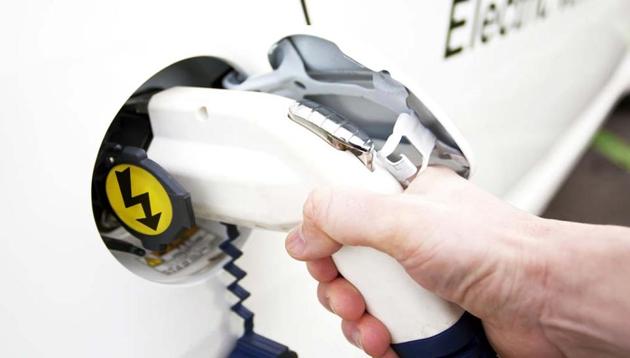Auto industry, govt discussing FAME 2.0 to boost sales of electrics and hybrids
FAME (Faster Adoption and Manufacturing of (Hybrid and) Electric Vehicles in India) scheme completes its phase one on March 31, but the auto industry has called for more support to promote cleaner and greener cars in India.
Automakers and the industry body SIAM have initiated discussions with the government to formalise the second phase of FAME, the initiative to promote manufacturing and sales of hybrid and electric vehicles in India.

The first phase (two-year term) of FAME ends on March 31.
Society of Indian Automotive Manufacturers (SIAM) and the department of heavy industries (DHI) are on the verge of finalising the incentives and targets for the second phase of FAME, said Vishnu Mathur, director general of SIAM. “We expect the next phase to kick in from April 1 without any break,” he said.
SIAM said that the previous incentives were not enought to boost sales of hybrid and electric vehicles. “The scheme has given a good boost to the electric and hybrid vehicle market in India, but efforts in small installments like these are not enough to boost the industry sentiment,” Mathur said.
Calls to the DHI were unanswered.
Incentives given to the different cars
Two-wheelers - Rs 1,800 to Rs 29,000
Three-wheelers - Rs 3,300 and Rs 61,000
Four-wheelers - Rs 13,000 to Rs 1.38 lakh
LCVs - Rs 17,000 to Rs 1.87 lakh
Buses - Rs 34 lakh to Rs 66 lakh
FAME was launched on April 1, 2015, under the National Electric Mobility Mission Plan 2020 which aims to have six million green vehicles on Indian roads by 2020. The government had earmarked Rs 795 for the first phase but only Rs 166 crore was utilised until November 2016.
During his budget speech on February 10, finance minister Arun Jaitley allocated Rs 175 crore for promotion of green cars in the upcoming fiscal. This fund would be utilised to establish 200 charging stations, granting incentives for 1.5 lakh vehicles, 200 electric buses and 1,000 electric government vehicles, besides creating infrastructure for making electric vehicles and research in battery technology.
However, the industry feels the funds are insufficient to scale electric mobility in the country, as a large part of the funds are guzzled by hybrid vehicles and not by electric vehicles.
“There is a need to have a clear distinction of mild / semi/ full hybrids and plug-in hybrids. The last option provides the best of electric / no emissions daily driving and a good range for long distance driving. It would help if plug-in hybrids are provided with more support versus the milds,” said Tom von Bonsdorff , managing director of Volvo Auto India.
Green cars sold in India
Full electric
Mahindra e2o (2-door) and e2o Plus (4-door)
Mahindra e-Verito
BMW i8
Plug-in hybrids
Volvo XC90 T8
Hybrids
Honda Accord
Toyota Camry
Toyota Prius
Mild Hybrids
Maruti Suzuki Ciaz SHVS
Maruti Suzuki Ertiga SHVS
The electric car technology is more expensive and automakers sought higher incentives. “This market is not ready to pay more for electric vehicles,” said Yoichiro Ueno, president and CEO of Honda Cars India Ltd.
Honda’s senior vice-president Raman Kumar Sharma said a policy change is required. “This is just the start. We hope the Phase II policies are decided with more maturity. We can’t have the same scale to evaluate all hybrids, as different technologies come at different cost. The incentives should be fixed by the benefit of the technology – like extension of the car’s range running on battery, reduction in emissions and effective cost.”
Over two years, the scheme directly supported around 99,000 hybrid and electric vehicles (xEVs) and the government approved pilot projects, charging infrastructure projects and technological development projects aggregating worth Rs 155 Crores.





